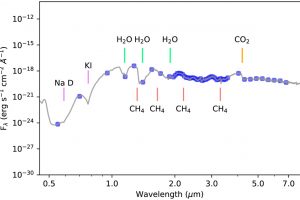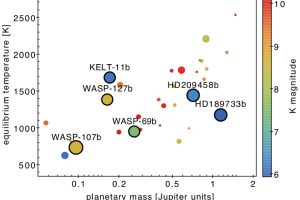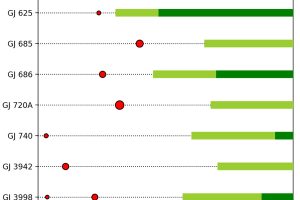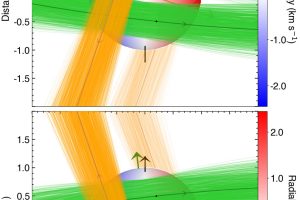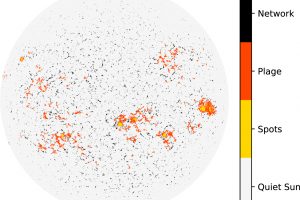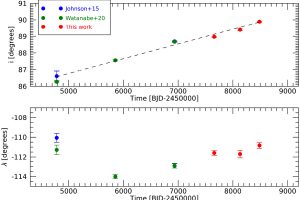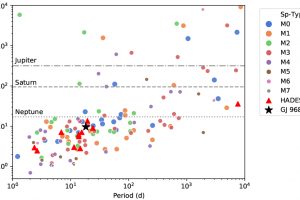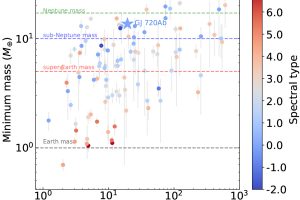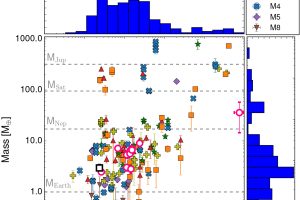A rich and complex planetary system for the star TOI-4010. The paper: “TOI-4010: A System of Three Large Short-period Planets with a Massive Long-period Companion” of M. Kunimoto (MIT) appeared on AJ)
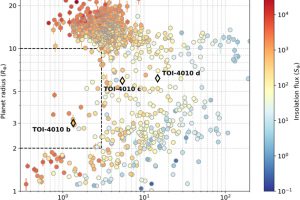
To date (November 2023), we have confirmed the presence of 5539 exoplanets in 4128 planetary systems. These numbers indicate that, in the majority of cases, we have identified one planet per planetary system. This limitation is primarily due to observational constraints, as it remains challenging to detect small exoplanets with long orbital periods (distant from their stars several astronomical units,
» Read more
